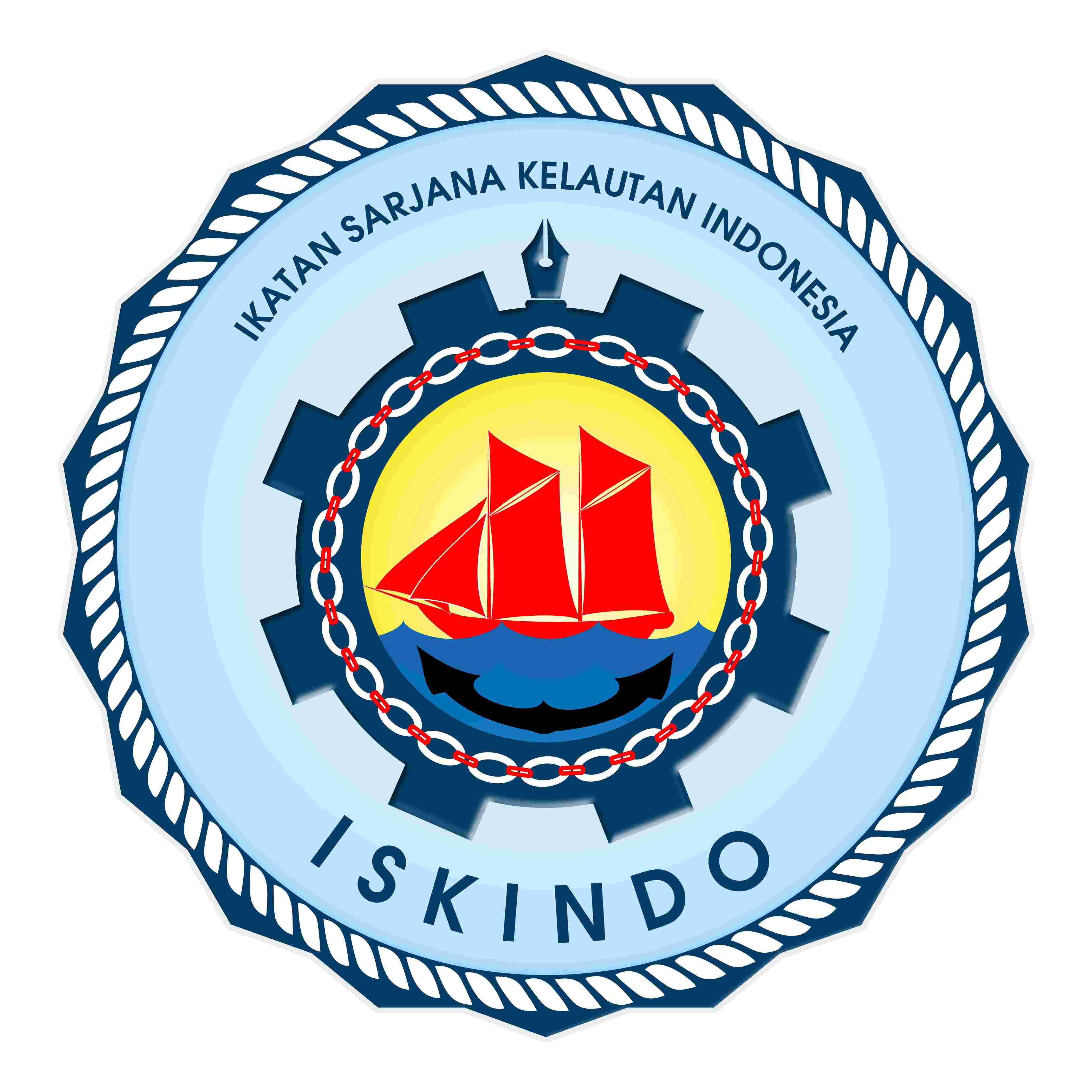UJI ANTIBAKTERI EKSTRAK DAN FRAKSI SPONS TERHADAP Escherichia coli DAN Staphylococcus aureus SERTA POTENSINYA TERHADAP AKTIVITAS ANTI-UV
DOI:
https://doi.org/10.35800/jplt.7.3.2019.24459Abstract
Sponge organisms produce bioactive compounds that are toxic as a means of self-defense. The compound is known to have the potential as an antibacterial and anti-UV which can absorb sunlight with the potential to be used as a material for making sunscreen. The purpose of this study was to obtain antibacterial activity against Escherichia coli and Staphylococcus aureus bacteria and anti-UV activity from crude extracts and sponges fractions. The antibacterial test done by agar diffusion method (Kirby and Bauer diffusion disc) and the crude extract and the active fraction of antibacterial compounds were tested in a UV spectrophotometer to see its anti-UV activity. As a result, 4 species of sponges were extracted and partitioned into water fractions, methanol fractions, and n-hexane fractions. All samples were tested for antibacterial activity and the results showed antibacterial activity against S. aureus by Plakortis sp. in crude extract (9 mm) and water fraction (8.6 mm), Agelas sp. in crude extract (7 mm) and in E. coli bacteria shown by Plakortis sp. in crude extract (12.6 mm) and water fraction (9 mm), Liosina sp. in the water fraction (7.6 mm), Haliclona sp. in the water fraction (8 mm) and Agelassp. in crude extract (10.3 mm). Crude extracts and water fractions were tested using a UV spectrophotometer for anti-UV testing, the results showed that crude extract and all the water fractions of four species sponge could absorb UV-B (λ 290-320 nm) and UV-A (λ 320-400 nm).Keywords: sponges, antibacterial, partition, anti-UV
Downloads
How to Cite
Gabrielle, M., Sumilat, D. A., Warouw, V., Mangindaan, R. E., Sinjal, C. A., & Longdong, S. N. (2019). UJI ANTIBAKTERI EKSTRAK DAN FRAKSI SPONS TERHADAP Escherichia coli DAN Staphylococcus aureus SERTA POTENSINYA TERHADAP AKTIVITAS ANTI-UV. JURNAL PESISIR DAN LAUT TROPIS, 7(3), 196–207. https://doi.org/10.35800/jplt.7.3.2019.24459
Issue
Section
Articles
















